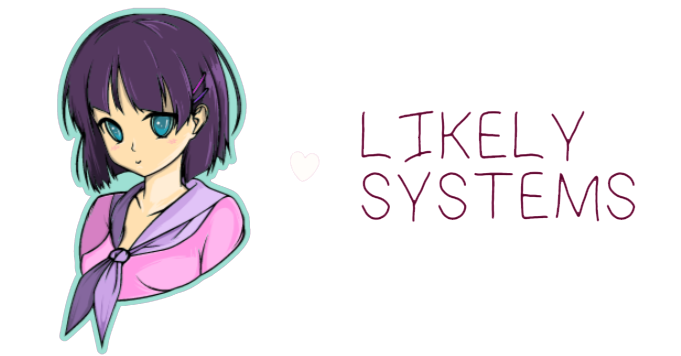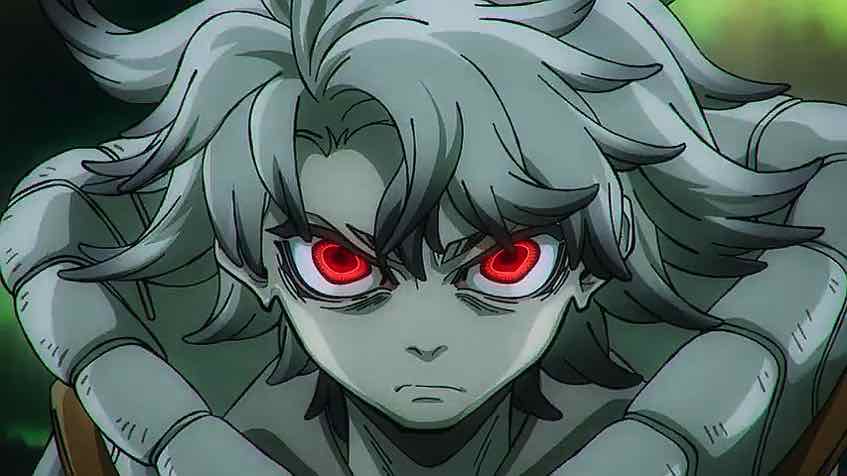The prologue behind us, we dive Rudo-like into the main story with Gachiakuta. On our podcast Samu and I do recommendations for the manga we cover, and in the Gachi episode I chose Bleach and he chose Soul Eater. That wasn’t planned, but it really couldn’t have worked any other way. One could describe the aesthetic with this series as a hybrid of Bleach and Soul Eater and I don’t think they’d be too far off-base. It certainly makes sense with the latter, as Urana Kei adores Soul Eater and was an assistant to Ohkubo Atsushi on Fire Force.
I feel like in watching this episode, you can really feel the spirit of those two series living and breathing in Gachiakuta. With Soul Eater it’s more of an attitude. It’s gothic, it’s grunge, it’s graffiti and metal. The Bleach thing is more just a general cool factor and artistic aesthetic. Where Urana sets herself apart from Kubo in that regard is that in Bleach, Kubo wants you to look at the characters and little else (which is why he doesn’t draw detailed backgrounds). Urana goes for a more lavish worldbuilding, no question. But they’re both manga that see the world in shades of grey – which makes adapting them into anime an interesting challenge.
Bones has chosen, on the whole, to go with a very restrained color palette for the anime. And I thin it’s a wise choice both artistically and narratively. Rudo now finds himself in a literal world of trash. Literal trash monsters rise up and try to kill him, and the air is a thick miasma of garbage-fueled poison. A rainbow of color wouldn’t make sense here. For Rudo the immediate problem is survival, and both the air and the garbage kaijuu make that no mean challenge. Close to packing it in, Rudo thinks back on the words of his stepfather – and what happened to both of them – and decided payback is enough of a reason to live on.
Most of this episode looked great, as you’d expect from Bones. My only caveat is that there’s more CGI with the trash beasts and the combat with them than I would prefer. I get why it’s necessary but it does chip a few tenths off the artistic impression score. Rudo certainly shows plenty of grit, but there’s only so much he can do as one man-cub slowly suffocating in the malaise. Fortunately when the largest of the beasts is upon him and all seems lost, a strange masked figure arrives on the scene. He slaps a gas mask on Rudo’s face and slaps back Rudo’s questions with a whispered admonition to shut the hell up.
This fellow is Enjin (Konishi Katsuyuki), and he has a very good reason to feel that way as the trash beasts respond to sound. And the ones in this area are “special”. But Rudo has given away their position, which means Enjin has to fight – which in truth, doesn’t seem to upset him all that much. His weapon is an umbrella, but in his hands it’s much more than an umbrella. And as he will later explain to Rudo, some people in the this place have the ability to instill objects with power. These people are called “Givers”, and as it turns out Rudo is one too (Enjin will verify this in rather brutal fashion, but he suspects it from the beginning).
Just what is this place, anyway? We see familiar looking things here, no question, but what we know for sure is that it’s a dumping ground for “The Sphere”, which is where Rudo came from. A hellscape to be sure, and there are those here who blame the Sphereites for making it that way and make no distinctions between tribesmen and nobles. It’s also home for Rudo now, which means he has to find a way to survive in it. It’s also a place where the stories Regto told him about well cared-for objects eventually having a soul (tsukumogami, more or less) seems to be a reality. There are echoes of both Bleach and Soul Eater in this power system, but in truth it all comes from the animism that’s as old as Shinto, and deeply embedded in Japanese culture.
Whatever else Gachiakuta is, it’s a product of its core components. It’s a battle shounen that stands on the shoulders of giants (and not just the two I’ve mentioned), and honors them with its style and substance. Fortunately it has plenty of both, and for me manages to achieve a dynamic and extremely heartfelt end product. It may not reinvent any wheels but it finds very interesting and cool ways to turn them, and I still think it has the potential to achieve the soaring commercial success so many of us predicted for it early on. Will that happen? Time will tell, but we should be getting some pretty definitive answers quite soon.
ED: “Tomoshibi (灯火)” by DUSTCEL
The post Gachiakuta – 02 appeared first on Lost in Anime.




